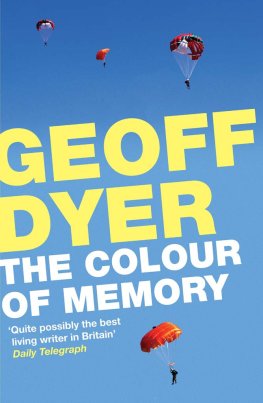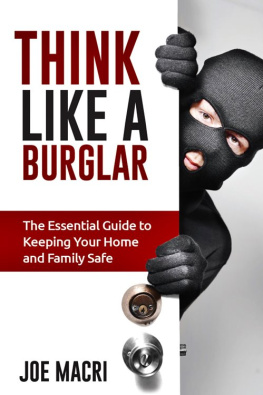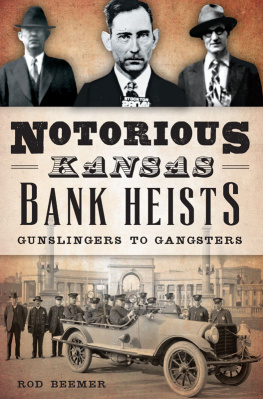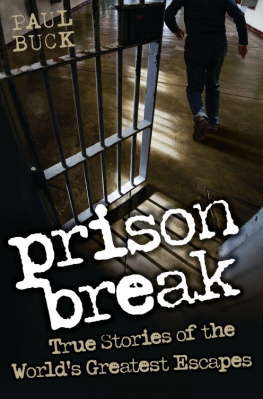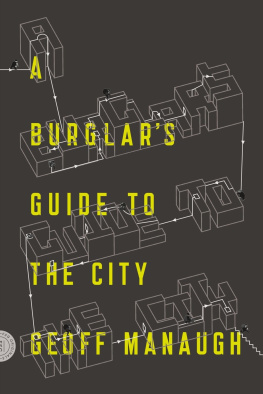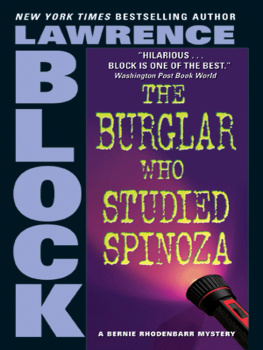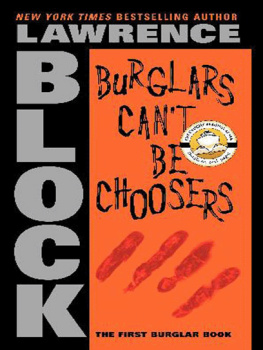Geoff Manaugh - A Burglar’s Guide to the City
Here you can read online Geoff Manaugh - A Burglar’s Guide to the City full text of the book (entire story) in english for free. Download pdf and epub, get meaning, cover and reviews about this ebook. year: 2016, publisher: FSG Originals, genre: Science. Description of the work, (preface) as well as reviews are available. Best literature library LitArk.com created for fans of good reading and offers a wide selection of genres:
Romance novel
Science fiction
Adventure
Detective
Science
History
Home and family
Prose
Art
Politics
Computer
Non-fiction
Religion
Business
Children
Humor
Choose a favorite category and find really read worthwhile books. Enjoy immersion in the world of imagination, feel the emotions of the characters or learn something new for yourself, make an fascinating discovery.
- Book:A Burglar’s Guide to the City
- Author:
- Publisher:FSG Originals
- Genre:
- Year:2016
- Rating:5 / 5
- Favourites:Add to favourites
- Your mark:
A Burglar’s Guide to the City: summary, description and annotation
We offer to read an annotation, description, summary or preface (depends on what the author of the book "A Burglar’s Guide to the City" wrote himself). If you haven't found the necessary information about the book — write in the comments, we will try to find it.
Encompassing nearly 2,000 years of heists and tunnel jobs, break-ins and escapes, A Burglars Guide to the City offers an unexpected blueprint to the criminal possibilities in the world all around us. Youll never see the city the same way again.
At the core of A Burglars Guide to the City is an unexpected and thrilling insight: how any building transforms when seen through the eyes of someone hoping to break into it. Studying architecture the way a burglar would, Geoff Manaugh takes readers through walls, down elevator shafts, into panic rooms, up to the buried vaults of banks, and out across the rooftops of an unsuspecting city.
With the help of FBI Special Agents, reformed bank robbers, private security consultants, the L.A.P.D. Air Support Division, and architects past and present, the book dissects the built environment from both sides of the law. Whether picking padlocks or climbing the walls of high-rise apartments, finding gaps in a museums surveillance routine or discussing home invasions in ancient Rome, A Burglars Guide to the City has the tools, the tales, and the x-ray vision you need to see architecture as nothing more than an obstacle that can be outwitted and undercut.
Full of real-life heists-both spectacular and absurd-A Burglars Guide to the City ensures readers will never enter a bank again without imagining how to loot the vault or walk down the street without planning the perfect getaway.
**
Amazon.com ReviewAn Amazon Best Book of April 2016: Geoff Manaugh has written a caper of a book. On one hand, he presents a 2,000-year history of break-ins, heists, and break-outs--a litany of unlikely, bent geniuses and their extraordinary efforts in the service of subverting and outwitting security, their energy often exceeding the requirements of straight-world success. On another, Manaugh draws on the real-world experience and acumen of criminals and security experts alike--as well as his own esoteric architectural sensibility, as seen in his fantastic BLDGBLOG--analyzing structures from the perspectives of would-be breakers-and-enterers--those possessed of a sort of spatial disorder that prevents them from using architecture like the rest of us--and those who would keep them out. Unexpected and engrossing, A Burglars Guide to the City will change the way you look at buildings.--Jon Foro
ReviewPraise for Geoff Manaughs The BLDGBLOG Book:
Geoff Manaugh has provided the reader with an excursion into a new world-part digital fantasy, part reality at the intersection of art, architecture, landscape design, and pure ideas. Like the blog, the book is personal, idiosyncratic, and, best of all, incredibly interesting. Errol Morris, director of Fast, Cheap & Out of Control and the Academy Award--winning documentary Fog of War
Geoff Manaugh: author's other books
Who wrote A Burglar’s Guide to the City? Find out the surname, the name of the author of the book and a list of all author's works by series.



